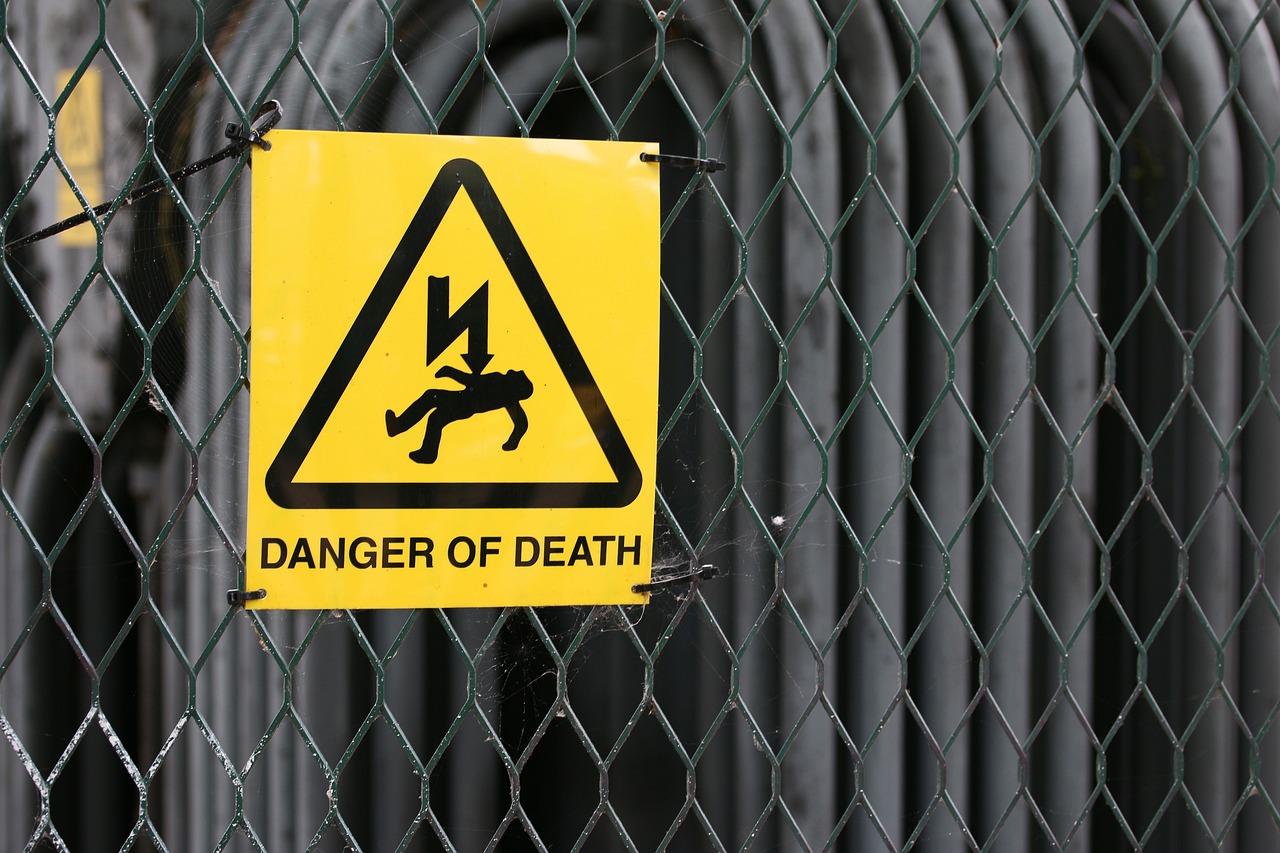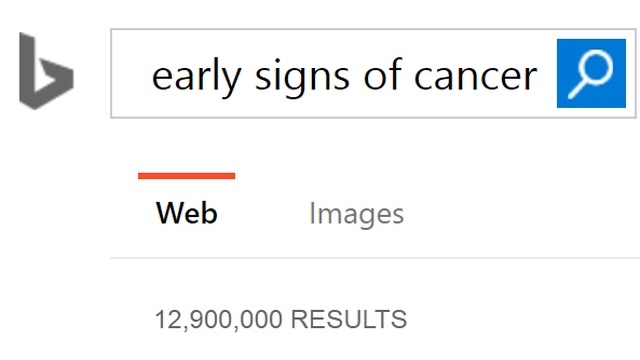
Knowledge management: the underrated ally of workplace safety and health (WSH)
When I graduated 11 years ago with a degree in Mechanical Engineering, workplace safety and health (WSH) never crossed my mind as a career. Until it became my profession in 2017, I never thought managing conditions that could determine the life and death of colleagues could be as rewarding as it was intimidating.
Every worker deserves a safe working environment. Everyone should go to work expecting to be kept free from harm and able to return home safely. Our job is to guide our organizations towards a safe and healthy workplace by seeking industry best practices, safe working methods, building a generative WSH culture and ensuring regulatory compliance.
People who do not understand our work may find us a nuisance, especially if we keep pointing out areas of correction, even though nothing serious has happened – YET. However, we press on because we know it will be too late for remorse or regret after a life-changing workplace accident.
This is why knowledge management (KM) is your underrated ally – people can only act when they know what, when, why, and how to act.
8,000 deaths every day (or 1 death every 11 seconds)
The latest estimates1 of the International Labour Organization (ILO) show that for the year 2019, over 395 million workers worldwide sustained a non-fatal work injury. Additionally, around 2.93 million workers died as a result of work-related factors, an increase of more than 12 per cent compared to 2000. This equates to 8,000 deaths every day, or 1 death every 11 seconds. The large majority of these work-related deaths, 2.6 million, were attributed to work-related diseases, while work accidents resulted in 330,000 deaths. In relative terms, work-related fatalities represented 6.71 per cent of all deaths globally.
The figures are mind-blowing. Unpleasant is a gross understatement if you see your colleagues suffer a workplace injury. Governments around the world may have put in place interventions but they are insufficient. Ownership by organizations and commitment by individuals are vital and integral to achieve optimal WSH performance.
Importance of KM in managing WSH
WSH is a key component of organizational success, especially in high-risk industries. Knowledge is the foundation for risk management. Workers must be able to identify, evaluate and mitigate workplace risk to reduce the likelihood of workplace accidents and injuries.
Experienced workers can contribute effectively to risk assessments as they are the ones performing the job every day and will know best what hazards are associated with their work activities. With the right strategies in managing knowledge, organizations can codify the tacit knowledge of workers into explicit knowledge for the ease of knowledge transfer and sharing.
Workers (people) are the focus in WSH, similar in comparison to KM. An effective KM within the organization could have a deep impact on the overall success of WSH in the organization by continuously improving employee wellbeing and safety and health standards.
Taking a new recruit in my company for example, my organization implements on-the-job training and a mentorship program for knowledge sharing and transfer. This approach allows the new recruit to understand the safe working methods and be able to perform work safely under the guidance of an experienced worker.
Although there are many other factors determining whether the worker can perform the work safely, the imparted knowledge, at the minimum, will enable the worker to identify any deviations from the norm such as hazards that will cause harm to him or her.

The challenges of implementing KM
The effort for implementing KM can fail for many reasons but the main breakdown normally starts with the “people problem”. The biggest barriers2 that can impede KM implementation are awareness, time and culture.
1. Awareness
- Stakeholder buy-in is always important. They need to be aware of and support the program. It is vital to get the blessing or support from the different levels of stakeholders whenever there are new implementations. In some instances, the new implementation may affect the overall efficiency or increase workload due to change of work processes.
- It is essential for stakeholders to understand the benefits and weigh the risks involved for the implementation to gain traction.
2. Time
- When people are overloaded with work, they do not have the time to do KM and may find it a struggle.
- Any KM implementations adopted should be easy to follow. Knowledge must be available at the right time, place and form. For example, risk assessments and safe working procedures, both in the form of procedural knowledge, must be easily accessible and understood by the workers.
3. Culture
- Workers may come from diverse backgrounds, different nationalities, different beliefs and even speak different languages.
- Senior management commitment and effective communication strategy (enhance communication between cross-functional teams, information dissemination) are key to overcoming the cultural barriers.
KM as the key to strengthen WSH performance in organizations
Organizations with good WSH performance exhibit certain traits and a well-defined occupational safety and health (OHS) culture3 that can help avoid accidents and the associated cost (Gaureanu et al., 2016). The most used and effective knowledge processes that contribute to the OHS culture development is knowledge acquisition through the training programs available for the organization’s employees.
In addition, the most important approach is to gain expected efficiency by applying other KM processes such as knowledge transfer and sharing. These will support the development of specific values (as intangible assets) that will nurture the OHS culture.

Having said that, let’s look at some of the winners of America’s Safest Companies of 20224 award. These companies demonstrated excellence in several areas below, where a consistent and constant need to keep every person free from harm is ingrained in their culture:
1. Ballard Marine Construction, LLC
- Knowledge acquisition – Created interactive self-learning program to help employees grow and expand their skillset.
- Knowledge identification – Created compliance assurance program for workers to submit observations and other comments.
2. Hunter Site Services
- Knowledge dissemination – Trying new methods for delivering training, such as adult learning theories, games and VR training.
- Knowledge acquisition – Safety Days for all employees, including management to get engaged in the safety program organized for the whole day.
- Knowledge creation – Invites subject matter experts to present on WSH topics.
3. Lindblad Construction
- Knowledge refinement – Audits by third party to assess its overall safety system, culture and safety performance on jobsites.
- Knowledge application – Uses leading indicators (e.g. job site audits) to determine successes and areas for improvement which will be used to shape future training and areas of focus.
Conclusion
Even though KM plays a pivotal role in fostering a safety culture within an organization, it may be underrated and not the first thing that comes to mind when thinking of a WSH strategy. Organizations that embrace KM stand to benefit largely from continuous improvement that enhances safety standards. As the challenges for WSH continue to evolve, KM remains the key for organizations to stay relevant and excel in this domain.
If you have similar thoughts or even an opposing view, I would love to hear from you in the comments below.
Article source: Adapted from Knowledge Management: An Ally to Prevent Workplace Accidents!, prepared as part of the requirements for completion of course KM6304 Knowledge Management Strategies and Policies in the Nanyang Technological University Singapore Master of Science in Knowledge Management (KM).

Header image source: Wilfried Pohnke on Pixabay.
References:
- ILO. (2023). A call for safer and healthier working environments. Switzerland: International Labour Organization (ILO). ↩
- Trees, L. (2021, May 21). What Are the Biggest Barriers to Knowledge Management? APQC Blog. ↩
- Gaureanu, A., Weinschrott, H., Draghici, A., & Jitarel, A. (2016). Knowledge management impact on the occupational safety and health culture in enterprise. In Management, Knowledge And Learning Joint International Conference (pp. 539-547). ↩
- Blanchard, D. (2022, October 15). America’s Safest Companies of 2022. EHS Today. ↩






